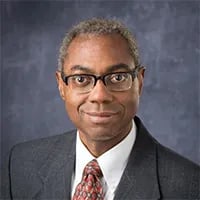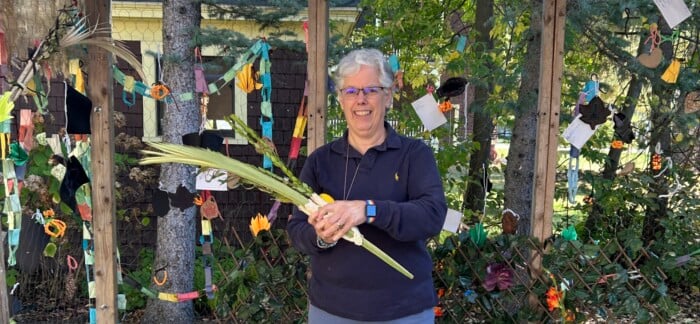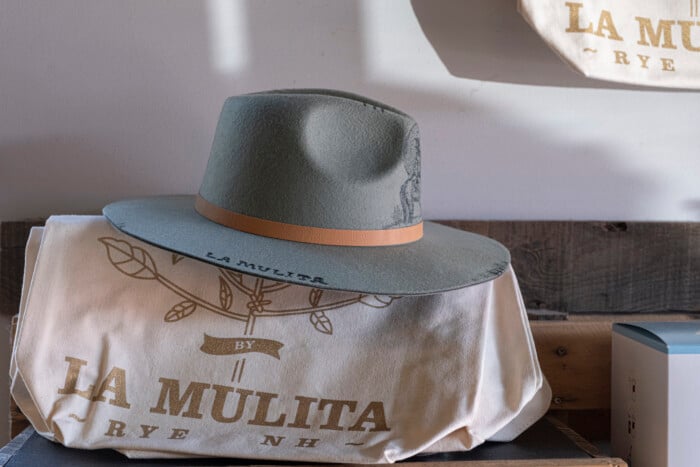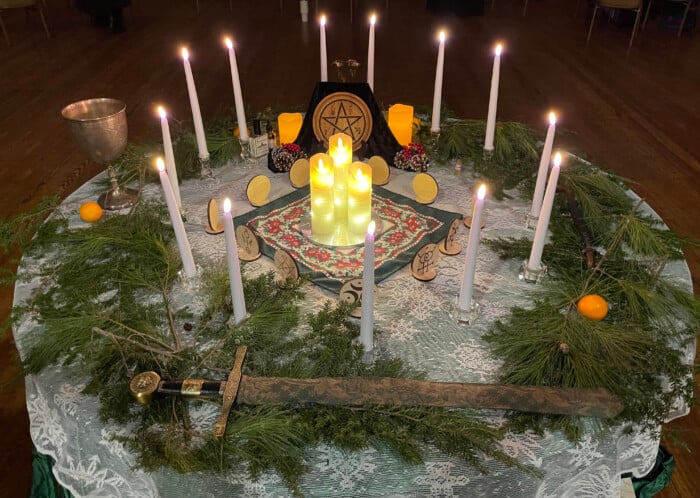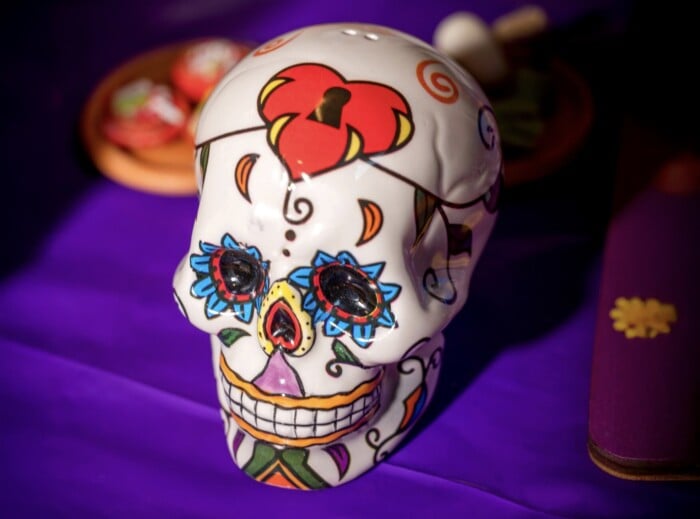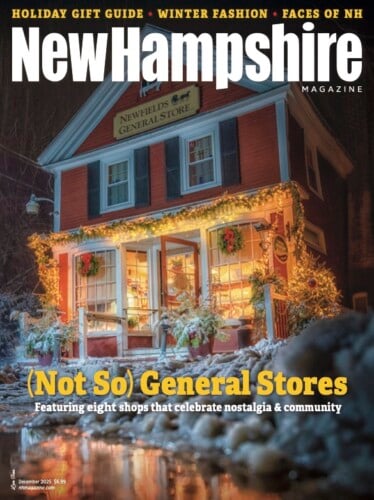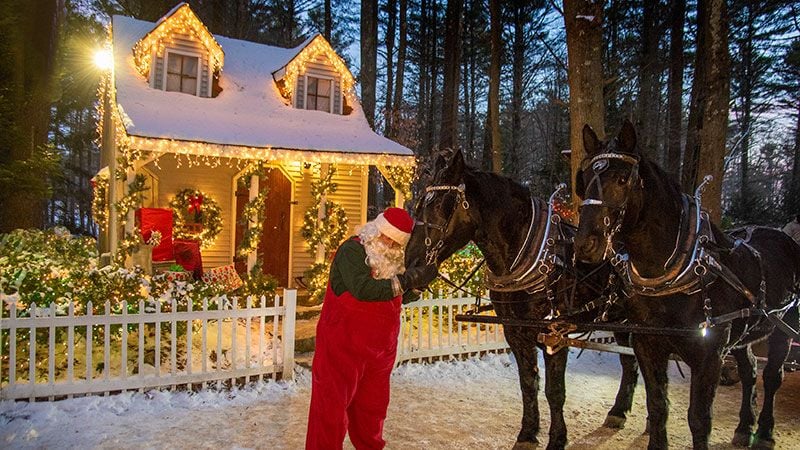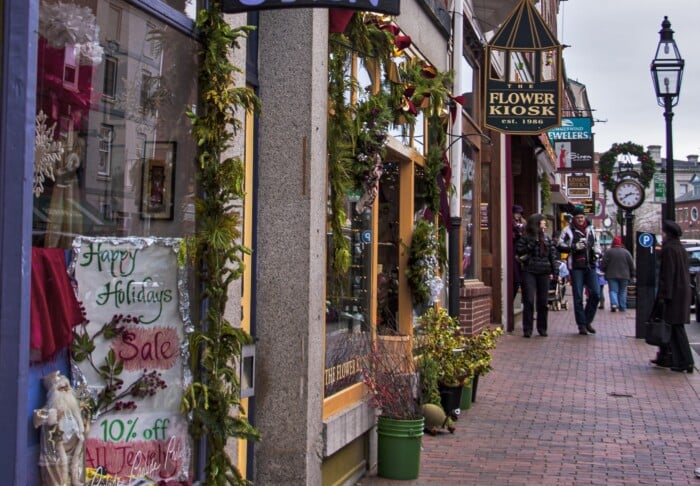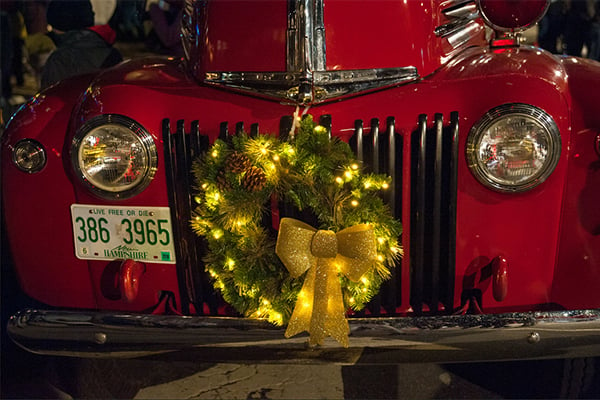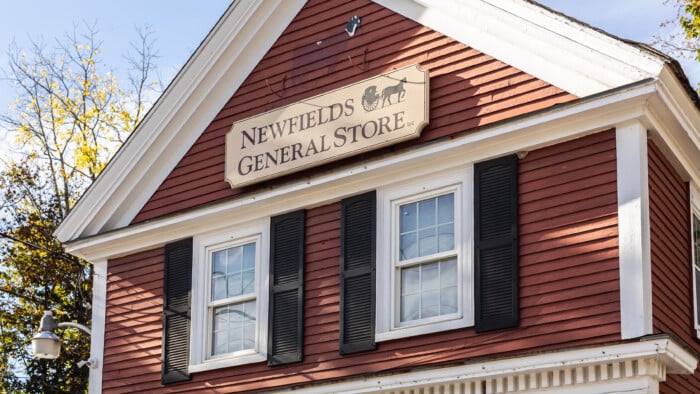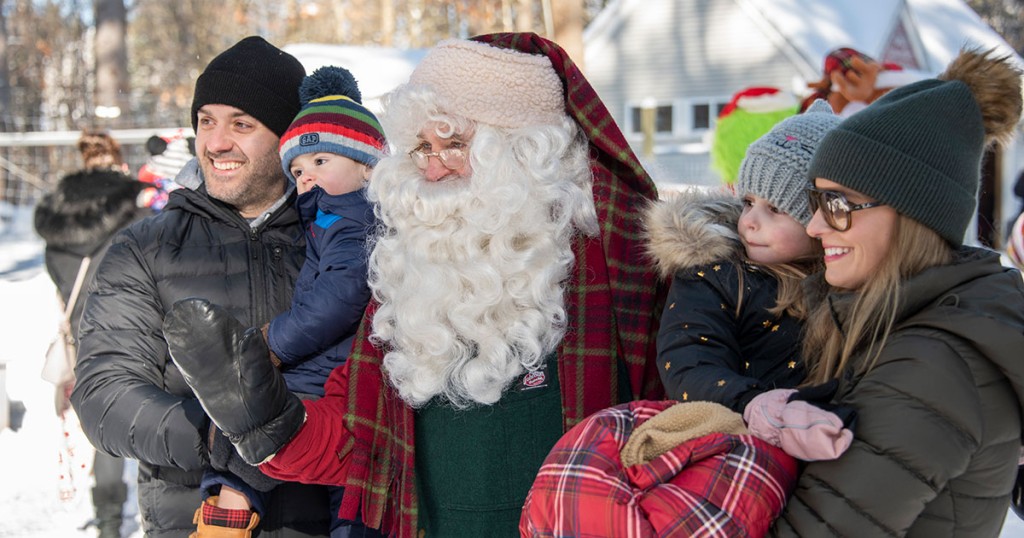Traditions that Unite Us: A Time to Reflect and Rejoice
Explore the rhythm of the Jewish Holidays
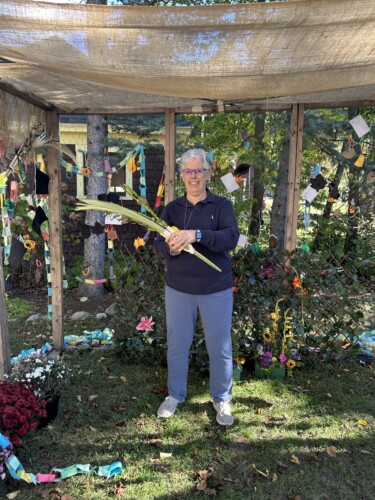
Robin Nafshi, rabbi of Temple Beth Jacob, holds branches of palm, willow and myrtle with a citron under the sukkah. These four species are used for a Sukkot ceremony. Photos courtesy of Temple Beth Jacob
The Jewish holiday of Yom Kippur is the holiest day in the faith’s calendar, but it’s not a celebration like so many other holidays. It involves a complete fast: no food, no drinks and many people refrain from wearing cosmetics or leather.
Translated as “The Day of Atonement,” Yom Kippur is a somber day of reflecting on your regrets from the past year, says Robin Nafshi, rabbi of Temple Beth Jacob in Concord.
“When I was very young, I used to say to people, ‘Oh, we go to synagogue and weep for our sins,’” she said. “I would have been like 9 years old. What did I know what a sin was?”
As a teenager, she began to have a deeper understanding of the tradition.
“I found it very powerful, this idea that, if our repentance is sincere, God will always accept it,” she says. “At the same time, we have to do the hard work of apologizing to those we’ve hurt.”
The Jewish liturgical new year begins with Rosh Hashanah, followed by 10 days of repentance that culminate in Yom Kippur. Five days after that period of reflection is Sukkot, a celebration of the harvest.
“There’s a whole concept during the period of Rosh Hashanah and Yom Kippur called teshuva,” Nafshi says. “Teshuva means anything from ‘repentance’ to ‘changing.’ It’s this taking stock of myself. I like to word it as becoming the person, or moving closer to becoming the person I know I am capable of being.”
While Yom Kippur requires much introspection, it’s done much in the company of the community. Like many congregations that saw lower attendance post-pandemic isolation, this year Nafshi says numbers were back to 2019 levels.
At Rosh Hashanah, attendants had to hurriedly take chairs out of storage for those who gathered. By Yom Kippur, the temple was better prepared for the crowds to gather more comfortably.
The service for Yom Kippur begins at sundown the day before. Nafshi says that in Concord, the program ran from 7:30 to 10 p.m. on Oct. 1.
“That’s the beginning of the service, and we can consider it to be one continuous service through the whole day,” she says. “We invite the congregation to leave in silence or just humming one particular melody that is very familiar throughout the holidays, and then we come back the next morning.”
On Oct. 2, services began at 9:30 a.m., with a break mid-afternoon, followed by three more shorter sessions. The service includes a couple of sermons (presented in English), spoken prayers (in a mix of English and Hebrew) and sung prayers (in Hebrew).
“There are many prayers that are set to music, that the melodies are incredibly evocative, and people may come to services mostly just to hear melodies that, for them, go back to their childhood,” she says. The songs feel much like the melodies that have been sung for hundreds of years, even if they’re newer.
There are periods where people can reflect in front of the open Ark, where Torah scrolls are stored. One of the afternoon sessions is specific to remembering those who have died, particularly in the last year. The closing session is called “Ne’ila.”
“It’s a metaphor about the gates of repentance,” Nafshi says. “The gates have been open for all the time, from Rosh Hashanah through Yom Kippur, and now the gates are beginning to close. It feels almost like there’s an urgency to make sure we get in all of our prayers of repentance.”
The service concludes with a long blast from the shofar, a ram’s horn.
“It’s a very raw sound,” she says. You’re making a sound that feels like it’s a cry. We say that the shofar is both that cry, but also the sound is something to awaken you.”
The blast from the shofar helps transition from this period of spiritual and emotional reflection to Sukkot, which is more grounded and earthy. Once the period of intense reflection is over on Yom Kippur, you don’t dwell in it. You move quickly to the next holiday. Nafshi says she loves that balance and forward-looking quality of Judaism.
“Our next holiday is in five days, and that’s the holiday of Sukkot, where we build a hut in our backyard,” she says. “Tradition teaches that you actually go outside that night and put the first two pieces of your sukkah, which is what the hut is called; you put them together so that you begin to already make the transition and get out of the place and mood of Yom Kippur, because our tradition is that you don’t stay there for very long.”
Families build the sukkah to connect with ancestors who lived in tents in the desert. They share meals out there and invite others to partake.
Tomorrow, I will register to vote in Manchester. I have planted a small perennial garden. I am giving myself permission to let it begin with me.

